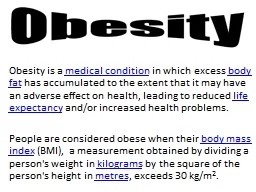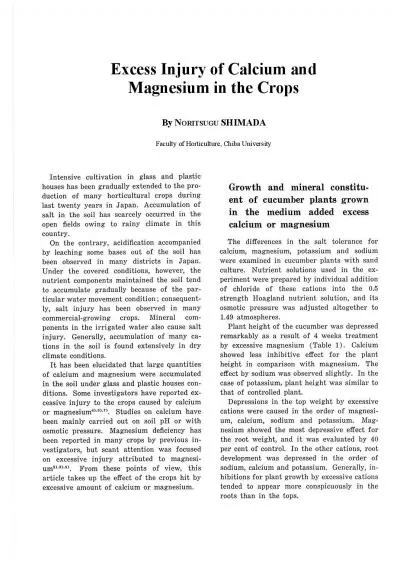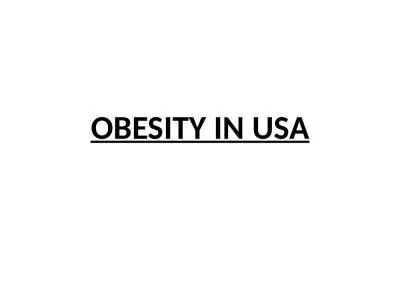PPT-Medically obesity is a condition characterized by the excessive accumulation and storage
Author : blanko | Published Date : 2022-06-07
problems Obesity affects not just appearance of a person but disease processes as well Obesity Pharmacological approaches to control obesity have become a prime
Presentation Embed Code
Download Presentation
Download Presentation The PPT/PDF document "Medically obesity is a condition charac..." is the property of its rightful owner. Permission is granted to download and print the materials on this website for personal, non-commercial use only, and to display it on your personal computer provided you do not modify the materials and that you retain all copyright notices contained in the materials. By downloading content from our website, you accept the terms of this agreement.
Medically obesity is a condition characterized by the excessive accumulation and storage: Transcript
Download Rules Of Document
"Medically obesity is a condition characterized by the excessive accumulation and storage"The content belongs to its owner. You may download and print it for personal use, without modification, and keep all copyright notices. By downloading, you agree to these terms.
Related Documents














